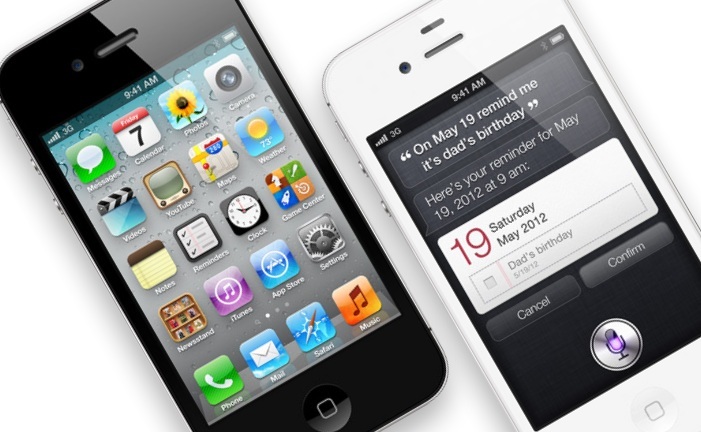
It’s a cautious, “wait and see” approach that is actually quite smart of Apple — it can sit back and watch while startups like mine cage-match it out to become the top mobile payment network. And as Apple often does, it can choose to arrive at the cage-match with a stun gun.
This year’s rumored weapon of choice: NFC.
Let’s look at a world where the next iPhone has NFC, and one where it does not. What will happen to the rest of the mobile payment ecosystem?
Scenario 1: iPhone with NFC
Headline: Here’s How The New iPhone Will Kill Every Mobile Payment Provider
The immediate scene: Apple CEO Tim Cook unveils the new NFC-equipped iPhone. If there were TV crews capturing mobile payment CEOs throughout the US as this moment happened, it would be like a night at the Oscars where no one had remembered to prepare a phony reaction for when they lost.
The immediate conclusion: Just as Apple owns the entire music e-commerce experience through iTunes, it too could control the entire real world commerce experience through the iPhone.
Apple has amassed a huge collection of credit card numbers over the years. Now it has access through Passbook and distribution through the iPhone. As an iPhone-wielding consumer, you could store an entire wallet within Passbook and use various cards at any place with an NFC terminal. Geofencing — the Passbook app’s ability to instantly call up the right card based on the consumer’s proximity to a terminal — makes the transaction absolutely mindless, which is key to consumer adoption.
WTF is really happening: Apple might be making a move to dominate the entire payment infrastructure, but there are many, many factors in place that make it nearly impossible to do immediately. The current payment infrastructure (comprised mostly of point-of-sale systems) has taken decades to build and won’t be gone overnight due to NFC or anything else, really. It’s kind of like the power grid. There are alternative energy sources, but the power grid has such ubiquity and control over the general population that it will take years and years to undo.
Apple historically doesn’t integrate with other players out there — whether that means a different mobile operating system or a retail point-of-sale system. While this has served it very well in building other ecosystems, it could pose a problem within the payment industry itself.
While Apple will instantly capture the attention of millions of consumers because of its rabid fanbase alone, it’s not likely that it can overtake the entire payment processing chain by maintaining its closed-network approach.
[aditude-amp id="flyingcarpet" targeting='{"env":"staging","page_type":"article","post_id":512767,"post_type":"guest","post_chan":"none","tags":null,"ai":false,"category":"none","all_categories":"mobile,","session":"D"}']Scenario 2: iPhone without NFC
Headline: The New iPhone: Now With a Bigger Screen!
The immediate scene: People still wait in line for days, often with tents, sometimes in costume, to get the new iPhone. No NFC makes about zero difference to the consumer. What matters is that the iPhone is shiny and new. And maybe Siri gets slightly less irritating.
The immediate conclusion: Mobile payment companies have bought themselves some more time before their inevitable demise.
WTF is really happening: If the new iPhone doesn’t have NFC, Android can and probably will take the lead in capturing this market share ASAP. Then the rest of the mobile payment companies out there will have Google Wallet to contend with.
In the next 10 years, we’ll all probably be paying with our phones but not because we dislike cards or cash. There will be some added measure of value we’ll be getting out of paying by the simple act of scanning, stating our names, taking our fingerprints, standing on our heads, and clapping thrice (ok, maybe that one isn’t so simple), or tapping our phones against a terminal.
VentureBeat's mission is to be a digital town square for technical decision-makers to gain knowledge about transformative enterprise technology and transact. Learn More